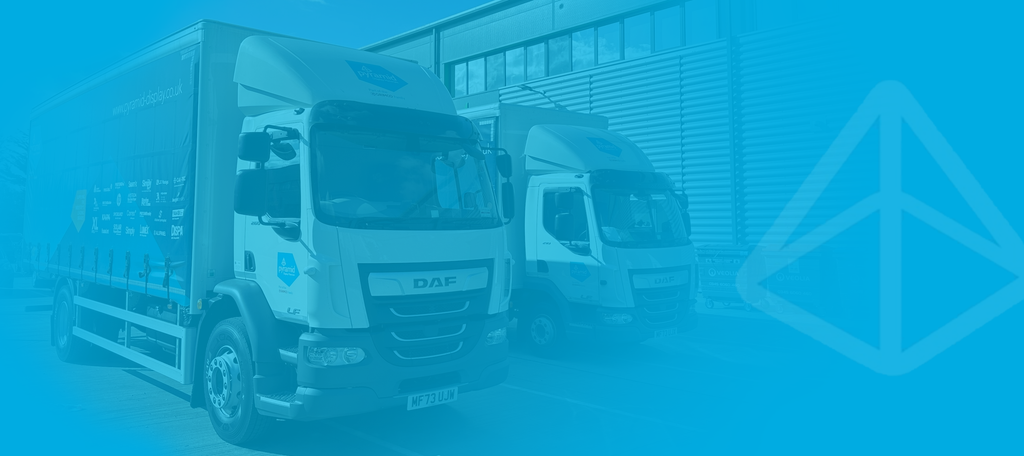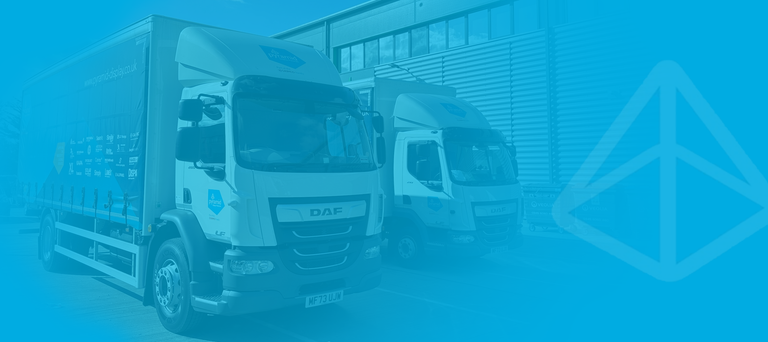Polypropylene (PP) vs. PVC Self-Adhesive Media: A Comprehensive Comparison
In the world of printing, particularly for signage, decals, and packaging, two of the most commonly used materials are Polypropylene (PP) self-adhesive media and Polyvinyl Chloride (PVC) self-adhesive vinyl. Both materials have their own set of advantages, but in certain applications, Polypropylene is proving to be a superior choice. Here’s a detailed look at why PP might be the better option for your printing needs:
1. Environmental Friendliness
Polypropylene: The Greener Choice
One of the most significant advantages of PP over PVC is its environmental impact. Unlike PVC, which contains chlorine, PP is chlorine-free and non-toxic. The production, use, and disposal of PVC can lead to the release of harmful substances like dioxins, making it a less eco-friendly option.
Recyclability
Polypropylene is easier to recycle than PVC, which requires complex recycling processes due to its composition of additives and stabilizers. This makes PP an environmentally responsible choice for those looking to reduce their ecological footprint.
2. Lighter Weight
Polypropylene: Easier to Handle
PP’s lower density makes it lighter than PVC, which can be a major advantage when dealing with large-format prints like banners and posters. This reduction in weight can also translate into lower shipping costs, providing savings for both producers and consumers.
3. Better Printing Surface
Sharper, More Vibrant Prints
Polypropylene has a smoother, clearer surface, making it ideal for high-resolution printing. It allows for sharper, more vibrant prints, perfect for graphics-heavy designs. Additionally, PP’s compatibility with a wide range of inks, including eco-solvent and UV inks, makes it a versatile choice across various printing technologies.
4. Flexibility and Durability
Resistant and Reliable
While both materials offer flexibility, Polypropylene takes the lead in terms of chemical resistance, making it more suitable for industrial and outdoor applications. Its higher resistance to chemicals, oils, and solvents gives it an edge, while its superior tear and scratch resistance means prints will last longer.
5. No Plasticisers
Long-Term Stability
One of the drawbacks of PVC is the inclusion of plasticisers, which can migrate over time, causing changes in the material’s flexibility and potentially degrading print quality. Polypropylene, being free from plasticisers, offers more dimensional stability and better long-term durability.
6. Odourless
Perfect for Indoor Applications
For indoor applications, particularly in environments where odour sensitivity is a concern, PP is a much better option. Unlike PVC, which can emit a noticeable smell due to the chlorine and plasticisers in its composition, Polypropylene is completely odourless.
7. Better UV Resistance
Enhanced Sunlight Protection
For outdoor applications, UV resistance is crucial. Polypropylene has a natural advantage here, offering better protection against UV rays. This means that PP-based prints are less likely to yellow or become brittle under prolonged sunlight exposure compared to PVC.
8. Food Safe and Non-Toxic
Ideal for Sensitive Environments
Polypropylene is often the material of choice for food packaging due to its food-safe and non-toxic properties. This makes it an excellent option for applications involving direct contact with food or use in environments that demand high safety standards.
When Should You Choose Polypropylene Over PVC?
Polypropylene is becoming an increasingly popular choice for a variety of reasons:
Sustainability concerns: If eco-friendliness is a priority, PP is the better choice.
Lightweight applications: PP’s lower density makes it ideal for large-format printing where ease of handling and shipping are important.
Indoor use: Odour and chemical sensitivity concerns make PP the preferred material for indoor settings.
Outdoor use: Short-term outdoor applications benefit from PP’s superior UV and tear resistance.
While PVC remains a viable choice for long-term outdoor applications due to its flexibility, Polypropylene is emerging as the material of choice for those prioritizing eco-friendliness, print quality, and durability. With its smoother surface, recyclability, and greater UV resistance, Polypropylene self-adhesive media offers numerous advantages, especially in environments where sustainability and print clarity are key.
Whether for signage, packaging, or decals, Polypropylene is paving the way for more responsible and effective printing solutions.
Trending items
Check Out Our Everyday Product Guide
Get a quote on a HP Latex Printer today!
Available Financing
Tailored affordable finance solutions from industry leading providers.
Available Financing
Expert Support
Our friendly and knowledgeable experts are ready to help with your questions, suggest products, and even discuss industry trends.
Expert Support
Fast Delivery
With inventory stocked in 5 locations across the UK, get the products you need when you need them.
Fast Delivery

















